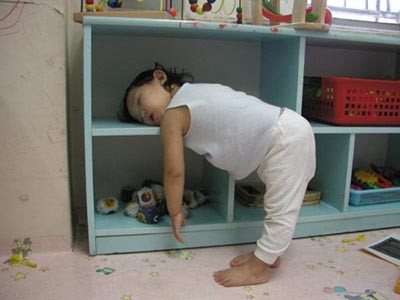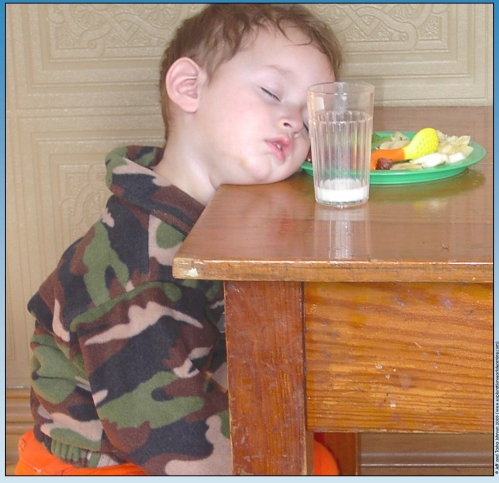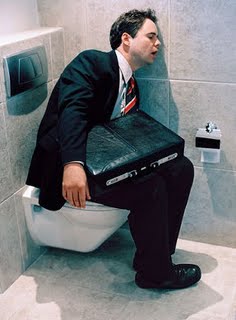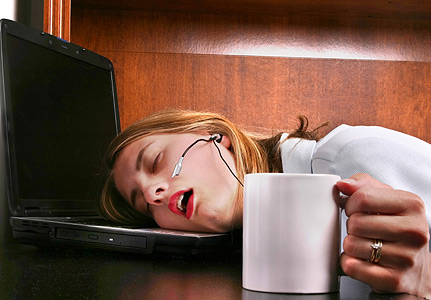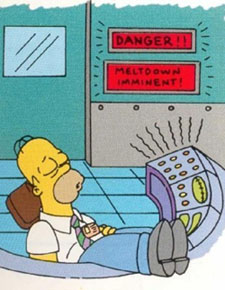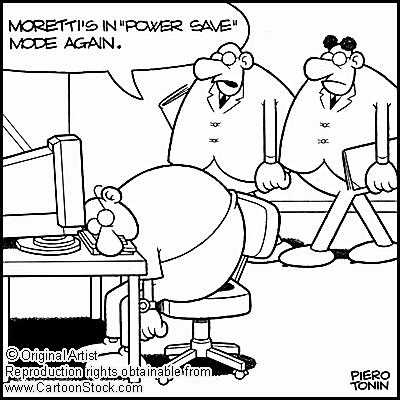Naps are one of life’s little pleasures but most of us don’t get to experience them very often. Sometimes, I wish I could make like a Kindergartner, grab a mat and a juice-box, and sprawl out on the carpet next to my cubicle. There is just something so refreshing about catching some zzzz’s in the middle of the day. Unfortunately, we don’t live in a European country (but if you do – hello my readers from afar!) where siestas are accepted and encouraged. Therefore, we just remain sleep-deprived, groggy, and irritable on more days than we would prefer. In fact, according to Rich Maloof, contributor to MSN, nearly 1/3 of the American workforce reports falling asleep or feeling very sleep on the job. Although most of us often report feeling languid and lethargic, succumbing to our yawns still produces a stigma of “laziness” – that we are just too “lazy” and need to WAKE UP! We choose to pump ourselves full of caffeine (I think I could single handedly keep Coca-Cola in business due to my Diet Coke addiction) and try our hardest to fight the eyelid droops.
If you haven’t already nodded off while reading this post, know that you shouldn’t feel bad for allowing yourself a quick doze every so often (just try not to take it during the sermon at church…Mom… 😉 ). Studies show that an afternoon nap can actually be very good for you. A brief, well-timed nap can positively affect disposition, mental health, and cognitive thinking, and it can increase productivity and learning. Because we are usually moving a mile-a-minute, naps have become as luxurious as caviar. If you have a thirty minute break in your day (Yes, I realize you haven’t had a break since 1997, but if you somehow find a lull in your day), I suggest you occasionally use it to become better buddies with your pillow. Before you snooze, check out answers to these common questions related to the art of napping, courtesy of Rich Maloof and Do You Need a Nap?
Why am I usually tired after lunch?
“The body’s biologic rhythms naturally include a period of sleepiness in the afternoon, typically around 2:30 P.M. This daytime lull in the sleep-wake cycle, known as the circadian dip, can leave you less alert and sometimes overwhelmingly sleep. Eating a heavy lunch may contribute to this afternoon nap.”
Will a nap refresh me or just make me want to sleep more?
“According to the National Sleep Foundation, a nap of 20 to 30 minutes can help improve mood, alertness and performance. Longer naps, however, may lead to sleep inertial, which is the feeling of grogginess and disorientation experienced when awakening from a deep sleep. Sleep inertial is likely to last longer, even up to an hour, if the nap extends beyond a half-hour. A recent study suggests that a 10-minute daytime snooze provides the most benefit in terms of reduced sleepiness and improved cognitive performance.”
Why do little children and the elderly nap so frequently?
“Sleep patterns change as we age. Toddlers between the ages of 1 and 3 need about 12 to 14 hours of sleep in every 24-hou cycle; in fact, by age 2, most children have spent more time asleep than awake. During sleeping hours, the brain processes information while the body releases growth hormones and restores cells.
Older people need just as much sleep as younger adults (about 7 to 9 hours) but spend less time in the deepest, most restful sleep stages. They’re also more likely to have medical conditions, such as sleep apnea or insomnia, that can disrupt sleep and leave them tired in the daytime.”
Does a nap make up for lost sleep?
“A short nap can help you be more alert and less stressed after a sleepless night. However, inadequate nighttime rest leads to what experts call “sleep debt” – time owed the body in rest, which is difficult to pay back. the body’s daily patterns of hormonal, metabolic and neurological changes can be upset by poor sleep habits and irregular intervals of rest.”
If I nap now, will I be able to sleep tonight?
“The short answer is yes, provided you don’t nap too late or too long. A late-afternoon nap can make it difficult to fall asleep at your usual bedtime. Napping for more than 30 minutes increases the change of sleep inertial and of entering a full sleep cycle – a 90-minute plunge through various sleep stages, during which the body does not want to be disturbed.”
